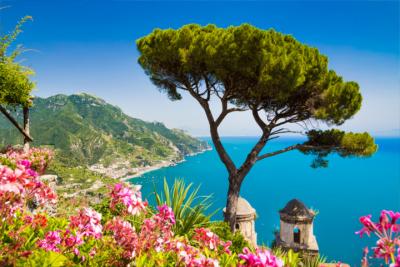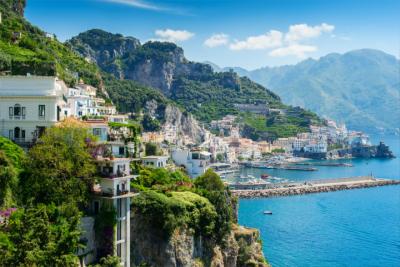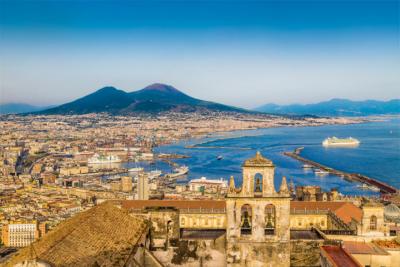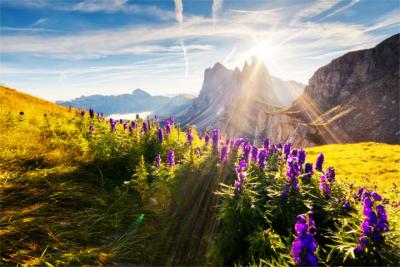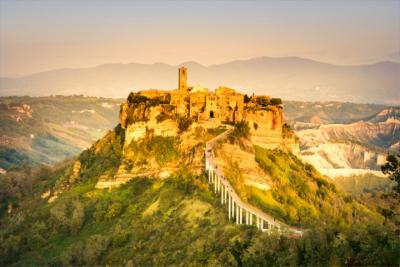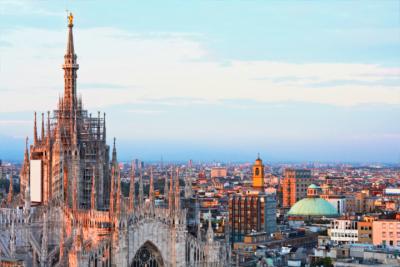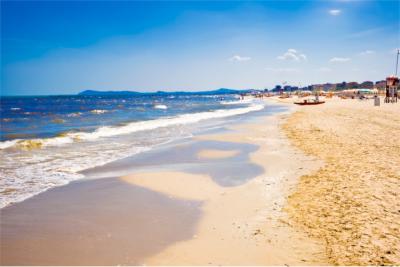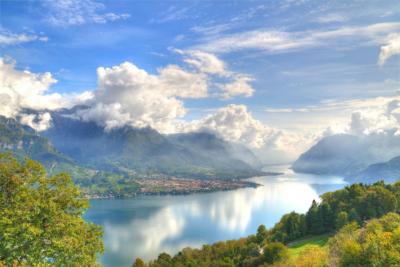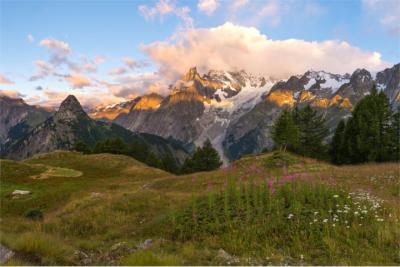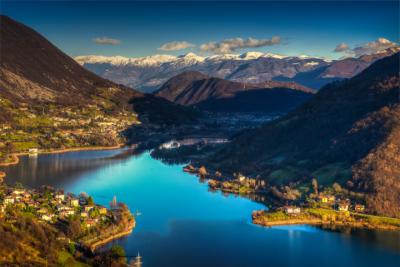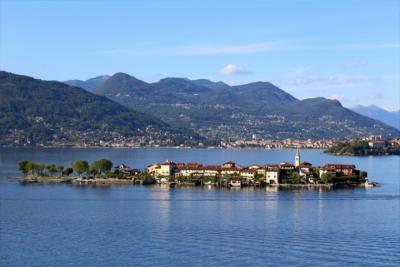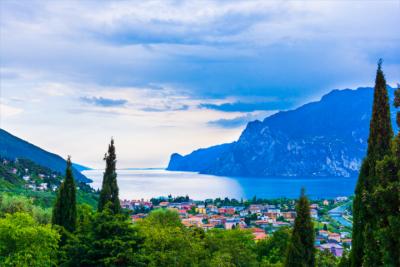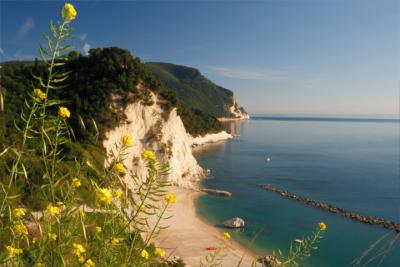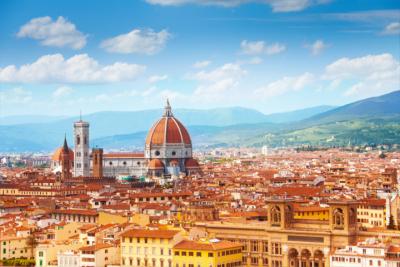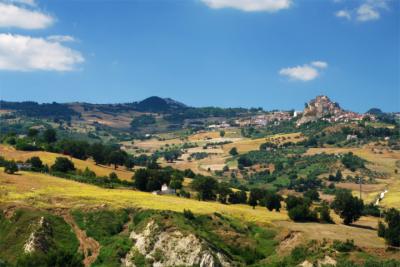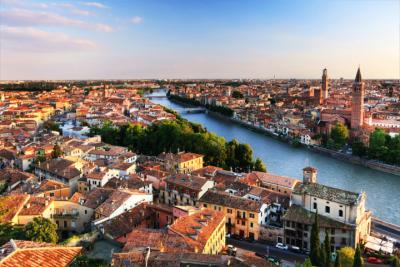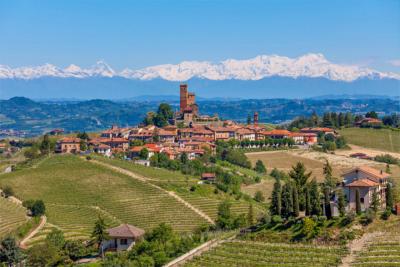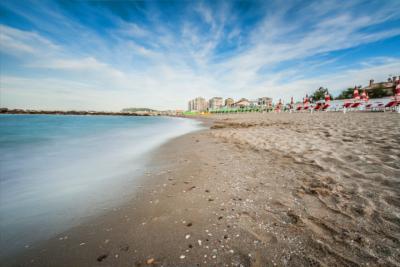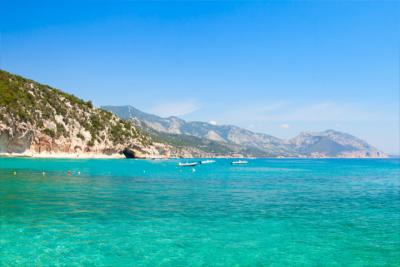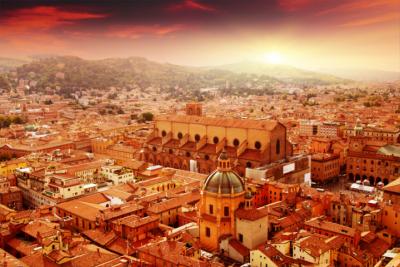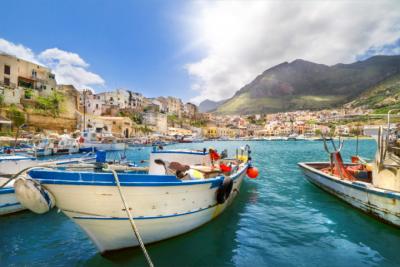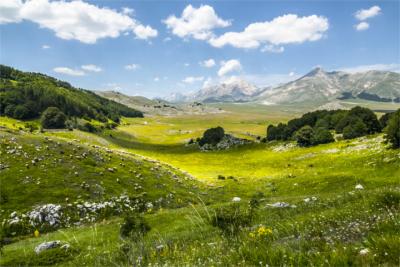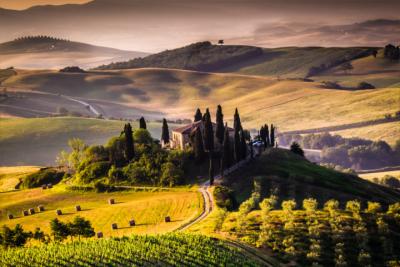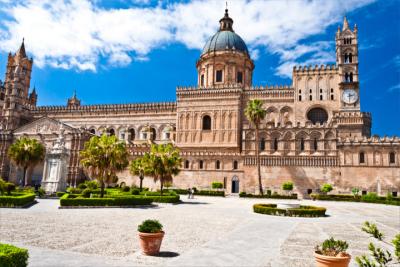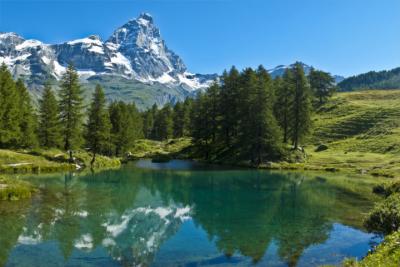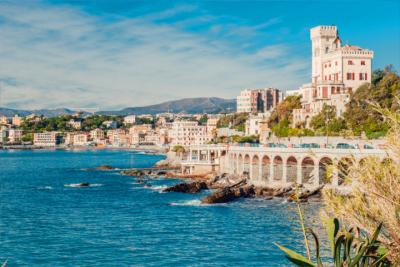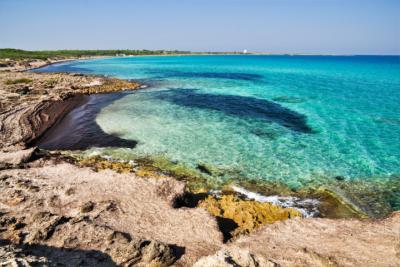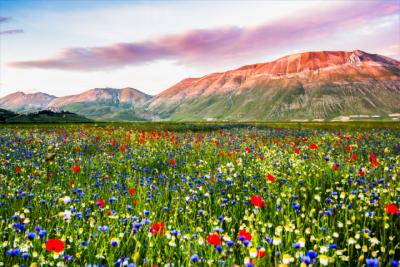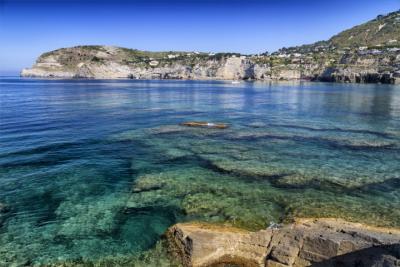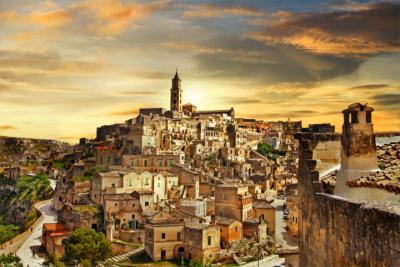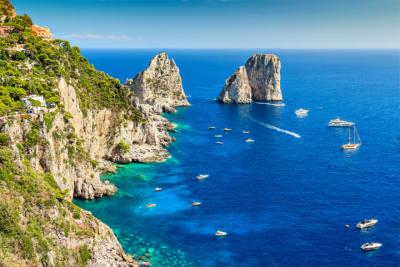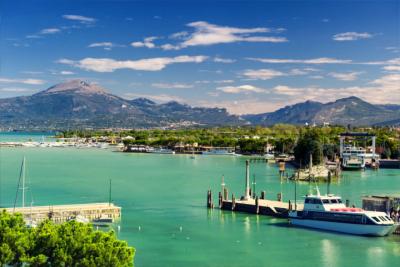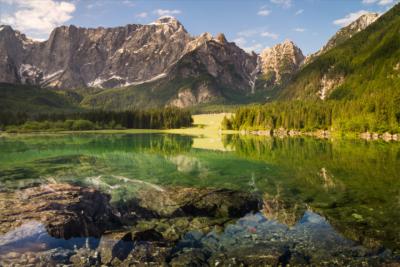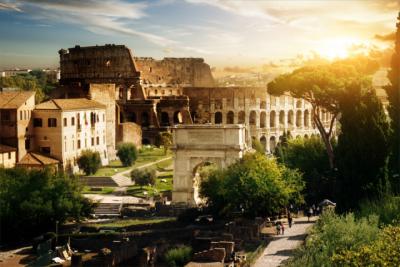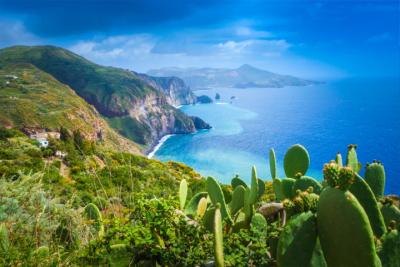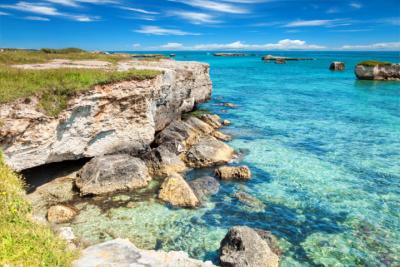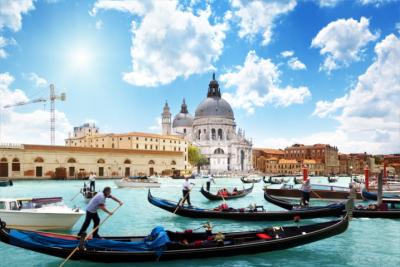Travel Offers
Travelmyne Featureprint
Distance
Umbria – The Green Heart of Italy
Umbria offers an abundance of natural beauty with its green and lush vegetation, magnificent mountains and beautiful lakes. In addition to natural adventures, the medieval towns promise an unforgettable cultural experience.

Geography - Italy's geographical centre
Umbria (capital: Perugia, area: 8.456 km²) is a region in Central Italy, which lies between Tuscany, Lazio and Marche and consists of the provinces of Perugia and Terni. It is the country's only region which touches neither the sea nor the borders of any other country. Its geography is mainly characterised by Lake Trasimeno, which is Italy's fourth biggest lake with an area of 128 km², and the mountain range of the Apennines with Monte Vettore (2,500 m) as Umbria's highest mountain. The Mediterranean climate in the region causes warm and dry summers, mild winters as well as long and sunny autumn months. As Umbria does not lie at the seaside, it is not as strongly affected by the climatic influences coming from the sea.
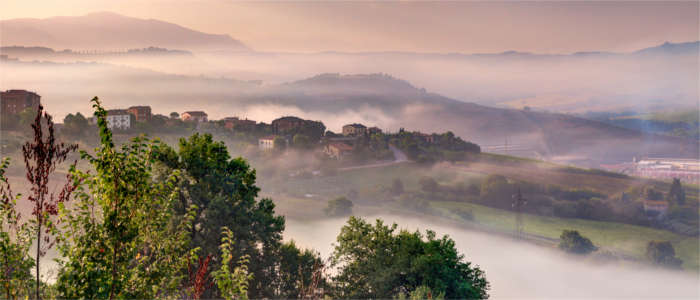
Nature - A trip into the countryside
Due to its green forests, meadows and fields, Umbria is often called "the green heart of Italy". Vast pastures, wine-growing regions, olive groves, slight hills, deep valleys and several impressive mountains characterise the scenery. The mountain range of the Apennines runs right through the region and reaches its highest point at 2,500 metres with Monte Vettore. The rivers Tiber, Topino, Chiasco and Nera flow through Umbria and decorate the region's idyllic areas. Other natural highlights are Lake Trasimeno (Central Italy's greatest lake with a perimeter of 54 km), the natural grottoes of the Tane del Diavolo ("caves of the devil") near Parrano, the Monti Sibillini National Park and the Cascata delle Marmore, which are 165 metres high, in the province of Terni. The latter are among Europe's most beautiful waterfalls and constitute a fascinating natural spectacle in the middle of a lush vegetation.
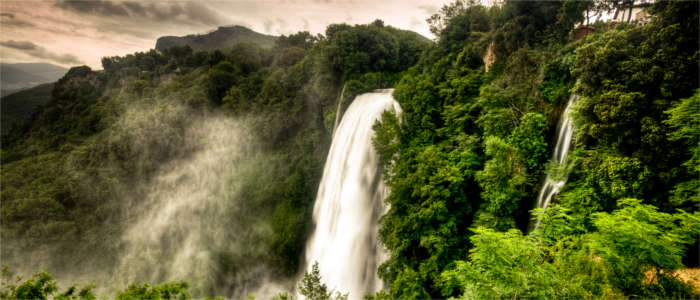
Culture - Medieval towns and impressive cultural treasures
The region owes its name to the tribe of the Umbri, which settled its territory 1200 BC. Two hundred years later the area was ruled by the Etruscans. The history-charged capital of Perugia emerged in this time. Magnificent buildings in a medieval city centre on a hill such as the Etruscan Arch (Arco Etrusco), the medieval aqueduct, the Palazzo dei Priori and the Fontana Maggiore take visitors back to bygone times. Many of Umbria's medieval villages are located on a hill, for example the historical towns of Spello with its narrow alleys, medieval gates, walls and stairs, Orvieto with its fascinating Gothic cathedral as well as Assisi with its basilica. The pilgrimage destination is most of all known as the birthplace of Francis of Assisi (San Francesco, Italy's patron saint) and belongs to the World Cultural Heritage of the UNESCO. Numerous pilgrims head for the Basilica of San Francesco d'Assisi every year, which accommodates his tomb.
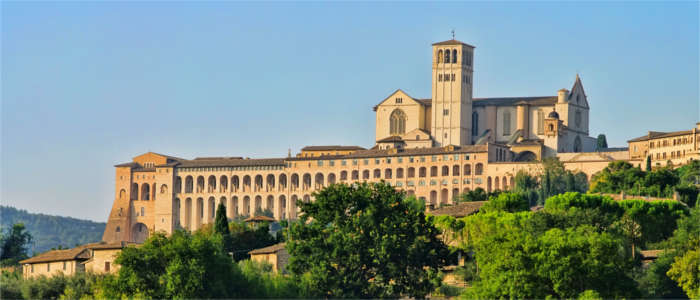
Experience - Historical folklore and high-quality olive oil
Besides medieval towns, Umbria offers a great number of festivals and celebrations, in which the region's traditions and atmosphere live on. Assisi, for example, hosts the Calendimaggio every year, during which historical scenes with knights, court ladies, archers, fire-eaters and flag-bearers are enacted. In the capital, you find the National Gallery of Umbria, a must for every art lover, as well as two significant universities. Other festivities in the region are the Festival dei due Mondi in the idyllic town of Spoleto as well as the folklore event Corsa dei Ceri in the historical town of Gubbio. Umbria's cuisine is simple but still a special taste adventure. Many dishes contain meat like pork, lamb, goat or deer as their basis but local vegetables (e.g. chard or asparagus), mushrooms (porcini and black truffle) and Mediterranean herbs are also common ingredients of Umbrian meals. Furthermore, there is no dish in Umbria which is not prepared with the cold-pressed olive oil from the region. The olive oil from Umbria has such an excellent quality that it has been awarded with the protected designation of origin (PDO).

Activities - Leisure activities in the mountains and at Lake Trasimeno
Umbria's nature is suited for a number of leisure activities. The hills and mountainous areas offer great conditions for going hiking, climbing, horseback riding and cycling. In winter, travellers can do winter sports on Monte Sibilini. Those looking for more thrilling activities will enjoy hang gliding and paragliding in the region. Umbria can be explored on kayaking, canoeing or white-water rafting tours on the rivers. Other leisure activities on, at and in the water are sailing, fishing and bathing, for example at Lake Trasimeno. A less sporty but all the more enjoyable experience is a guided tour through the region's oil mills.

Information
A great time for travelling Umbria are the months of May and June. Many plants like genista, lilac and poppy blossom at this time and make the region's beautiful scenery even more beautiful. In addition, several of the traditional local celebrations take place at that time, which make holidays in Umbria a unique experience.
On holiday in Umbria, travellers see impressive natural beauty, cultural and history-charged sites as well as folklore festivals. A trip into this Italian region is the ideal choice for lovers of nature and sports as well as for visitors who are interested in culture and history.

